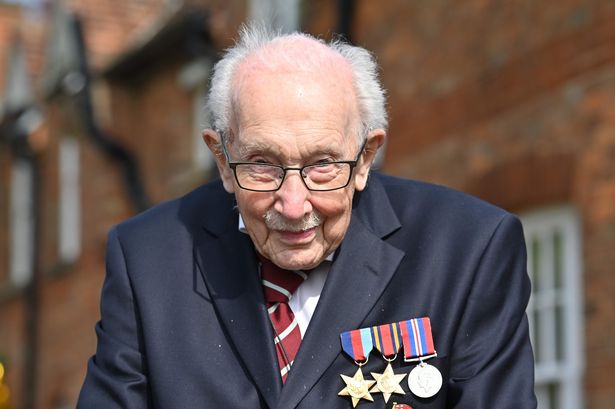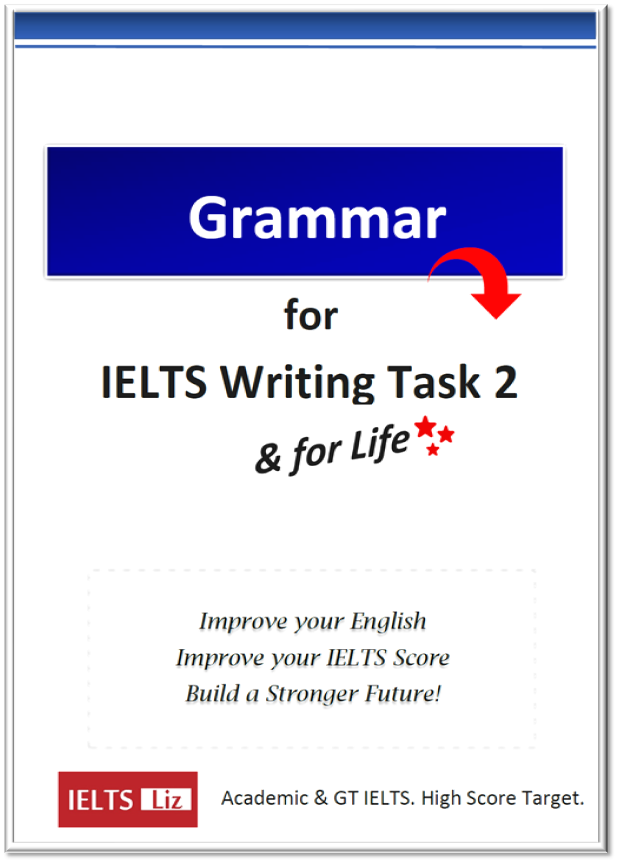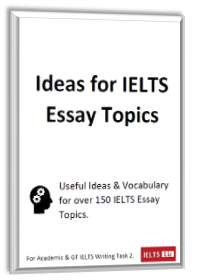These IELTS listening practice lessons have gap fill questions called Sentence Completion. The two practice lessons below have different levels of difficulty because they are based on different sections of the IELTS listening test. All IELTS candidates take the same IELTS Listening Test (both GT and Academic candidates).
IELTS Listening Practice: Sentence Completion
Below you will find two sentence completion listening practice lessons for IELTS. Use these practice lessons to develop your listening skills and also review your techniques for Sentence Completion Listening Questions.
- Practice Lesson 1: Short Answer Questions & Sentence Completion / Section 2 Level
- Practice Lesson 2: Sentence Completion Questions / Section 4 Level
For tips and techniques for sentence completion questions, click here: SENTENCE COMPLETION TIPS
****************
IELTS Listening Practice 1: Sentence Completion 1
This lesson is based on section 2 of the listening test. I’ve added some short answer questions to this practice lesson because in the IELTS listening test, you will get more than one type of question with every section.
Listening Practice: Tom’s Sponsored Walk
Questions 1-3: Use no more than one word or number for your answer.
- Does Tom currently serve in the army?
- How much did he hope to raise in pounds?
- Where was his sponsored walk to take place?
Questions 4-7: Use no more than one word for your answer.
- 4. Tom eventually raised a ………………….. £21 million.
- 5. Many hope that Tom will be ……………….. for his efforts.
- 6. Tom’s aims to support the NHS ………… a chord with many people in the UK.
- 7. Tom has shown how a single person can ……….. the nation.
RECORDING:
.
TRANSCRIPT & ANSWERS
Use the transcript to check answers after you complete the lesson. Also use it to review keywords and paraphrases. Click below:
TranscriptArmy veteran Tom Moore did a sponsored walk at the age of 99 years old to raise money for the NHS (the National Health Service in the UK). His aim was to raise £1,000. This was an ambitious walk of 1.6 miles in his back garden given that he had recently been treated for a broken hip and skin cancer.
As he began his sponsored walk, he was surprised to see the response from the British public as donations started pouring in. By the end of this sponsored walk, he had raised not £1,000 but a staggering £21 million. Many around the country are now calling for Tom Moore to be knighted for his remarkable fund-raising efforts.
Tom Moore has stated that he was “overwhelmed by this sum of money” that was donated. His praise for the NHS struck a chord with many around the country today as the population watch doctors, nurses, other hospital staff and all front-line workers put themselves in harms way to save lives as they battle against the coronavirus crisis. This story truly is an example of how a humble, unambitious person can stir the nation and effect incredible change. Surely we should all be doing more in one way or another. As the saying goes “Every little helps” and who knows whether your modest attempt to help might not also create a flame of support throughout your own country.
- NO
- 1,000
- GARDEN
- STAGGERING
- KNIGHTED
- STRUCK
- “to strike a chord” is idiomatic and means:
- a) to say or do something that other people agree or approve of.
- b) to say or do something that causes emotions to rise or triggers memories in another person.
- STIR
- to stir a nation means to raise emotions within a country.
- News: Unfortunately, Captain Sir Tom Moore died in 2021. He eventually raised a total of just over £30 million before he died. What a man!
.
********************
IELTS Sentence Completion Listening Practice 2
This lesson is similar to a level of section 4, which means the language and topic are more challenging.
Comet Landing
Questions 1-8: Write no more than two words and/or a number for the answer.
- On ………………. 2014, Philae landed on a comet.
- Philae’s goal is to collect information about a comet’s composition and also to capture ………….. of the surface.
- Because of an ………… relating to Rosetta’s orbit, Philae could have missed landing on the comet.
- The time delay between Rosetta and the controllers on Earth was ……………….
- Because of a lack of ……………., the lander had to find its own way down to the comet.
- There is an element of ………. in landing in a good location on the comet.
- The lander can drill ……………… into the exterior of the comet for stability.
- Analysis will be done on surface composition, amino acids and ……………..
RECORDING:
.
TRANSCRIPT & ANSWERS
To see the transcript and answers, click below.
An inaccuracy of a few millimetres per second in Rosetta’s orbit could have resulted in Philae completely missing the comet. The descent, monitored from Esa’s mission control in Darmstadt, Germany, lasted about seven hours. Because the comet is about 510 million km from Earth, communication between Rosetta and controllers takes about 28 minutes each way. As a consequence, confirmation of the landing came through just after 16:04 GMT.
There was no steering of the lander down to the comet’s surface. Once released, it was on a path of its own. A certain amount of luck was needed for Philae to land in a nice spot. When the lander hit the surface, harpoons were fired to be used as anchors, although they do not appear to have anchored the craft as intended. The lander also has footscrews to drill into the surface of the comet to keep it secure. Now it’s on the surface of the comet, Philae can get to work. Drills, ovens, cameras and sensors onboard Philae will analyse everything from the surface composition and temperature to the presence of amino acids – essential building blocks in the chemistry of life. (from BBC news)
- 12th november / 12 november
- capital letters at the start are not required
- IELTS listening does not pay attention to punctuation or the use of capital letters. So, you can use or not use capital letters as you wish.
- images
- inaccuracy
- (about) 28 minutes
- steering
- luck
- footscrews / foot screws
- temperature
- nucleus = center / core
- in situ = in position
- to determine = establish / conclude / decide
- composition = makeup / consistency
- an inaccuracy = mistake / error
- to release = liberate / let go
- to anchor = fasten / secure
- to fire = to discharge / shoot
- intended = planned
.
*******************
RECOMMENDED FOR YOU
- MORE SENTENCE COMPLETION PRACTICE WITH TIPS
- Multiple Choice Listening with Tips
- ALL PRACTICE LESSONS & TIPS FOR IELTS LISTENING
.





